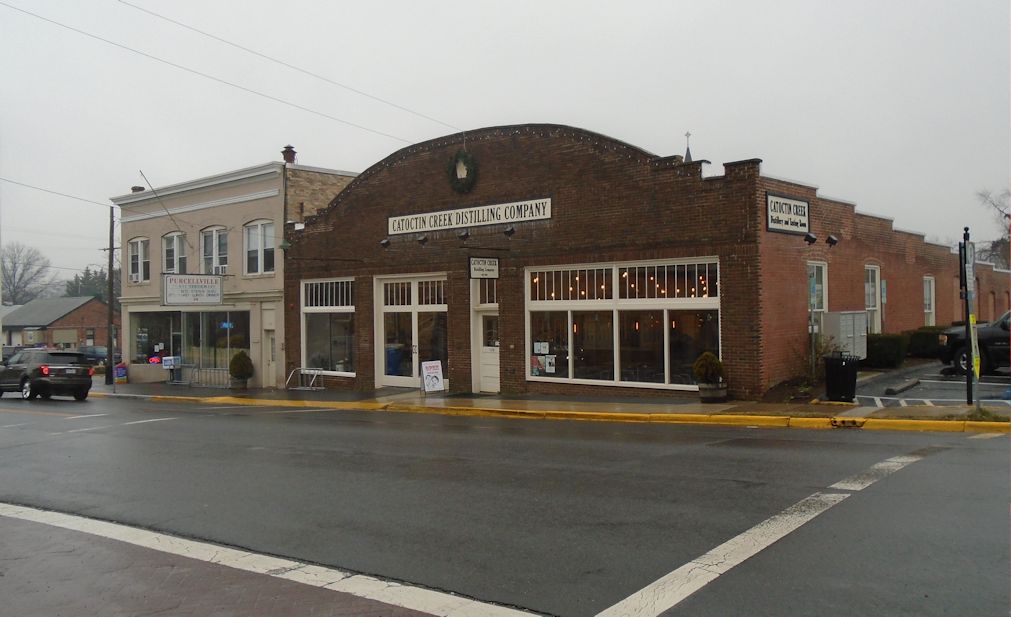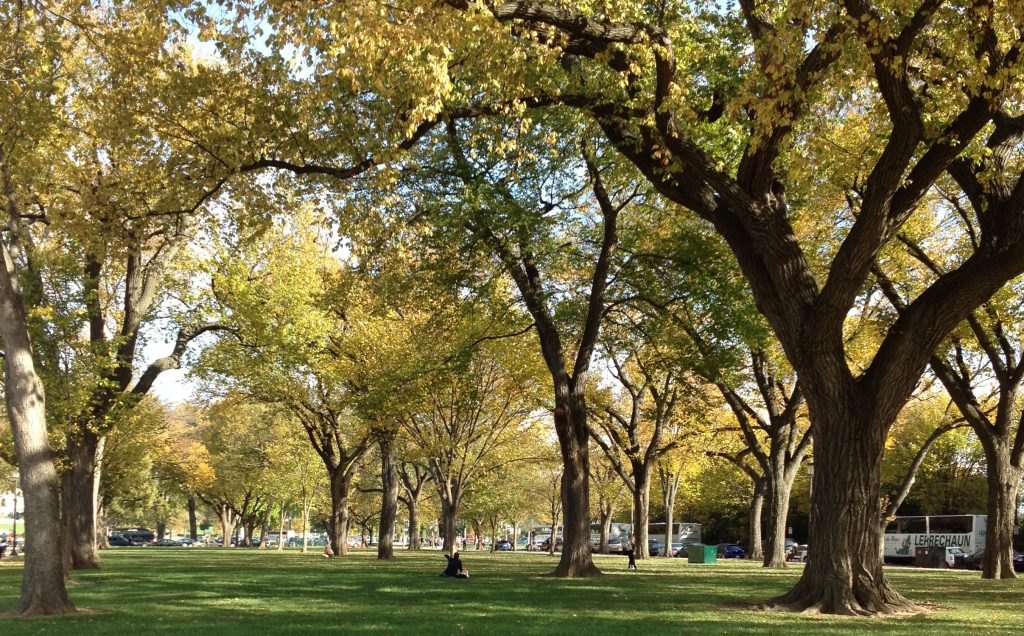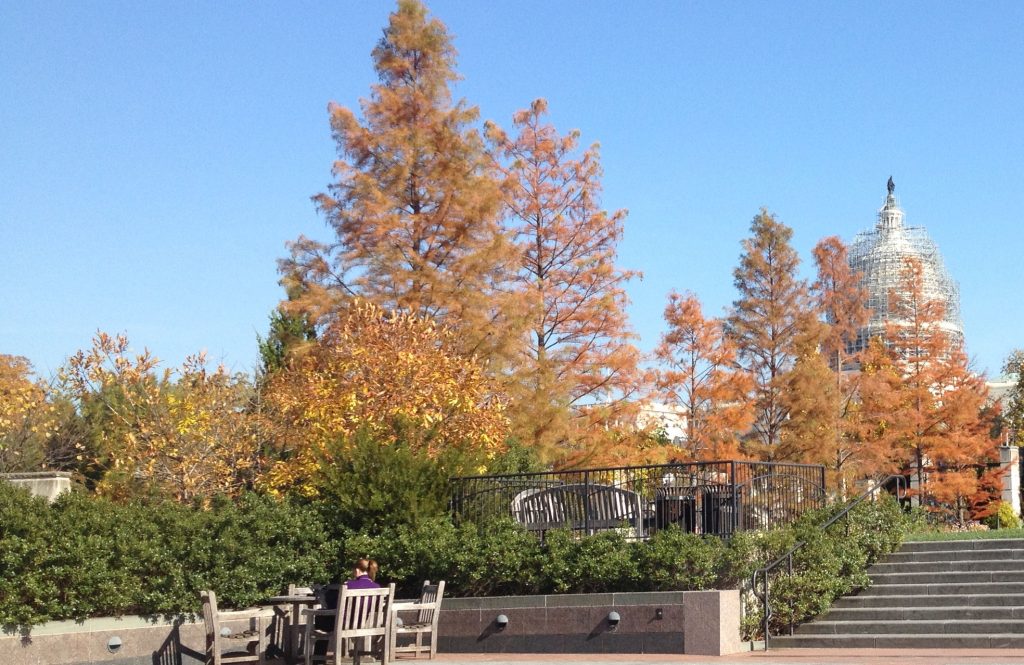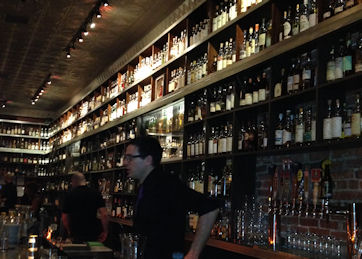I watched Star Trek back in 1967, when it was new. Spock was my favorite character, but my thinking about Spock evolved with changes in tech. I wrote this back in 2008 –
“I remember in the old Star Trek when Spock would say something like “impact in 10.5 seconds.” How stupid is that? That is why I prefer Picard. By the time he says 10.5, the number has changed. It is unjustified precision, but it is easy to fall into the Spock trap. It is attractive and makes you seem intelligent. BTW – my own experience in using deceptive numbers is that you are much better off using precise odd numbers. For instance, 97 is a more credible number than 100 or 90. Remember that Ivory Soap was 99 and 44/100ths percent pure, not 100 %.”
Therefore, I love Spock out of nostalgia. However, he is an ideal from the 1960s, as suited to our world as other things from the 1960s. We used to think of intelligence in terms of ability to remember a lot of facts and do quick calculations. These things machines now do for us most of the time. For humans we now treasure the kind of intelligence that can make intuitive and creative leaps. Technology removes a limiting factor and makes the next step possible. Spock is as out-of-date as those Nehru jackets.
It might seem silly to argue about the attributes of fictional character, but it is from mass-media fiction like this that many of us get most of our philosophy. Beyond that, it gives us a point of common culture. Most people my age and younger know Spock. I doubt there is any literary or historical character with better name recognition.
Spock is great subordinate but a poor leader. He knows the parts but cannot see the whole. I see this personally. I consciously used Spock as a role model back when I was 12-13 years old. I can see find traces even in my speech patterns, overusing using the word “indeed,” for example, or on the sarcastic side, saying “explain, Spock” when somebody comes up with a dumb idea. Nevertheless, as I wrote above, Spock was an ideal from the 1960s. Times changed; I evolved.





